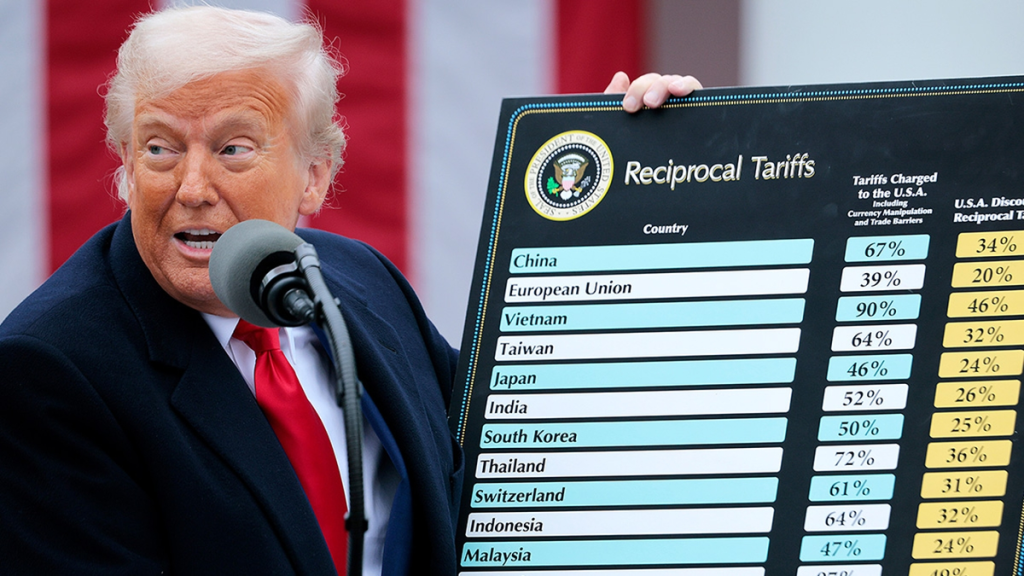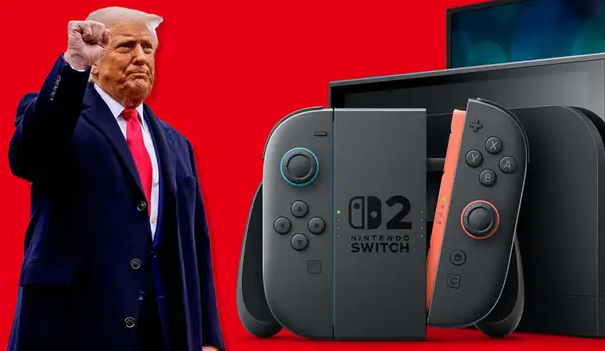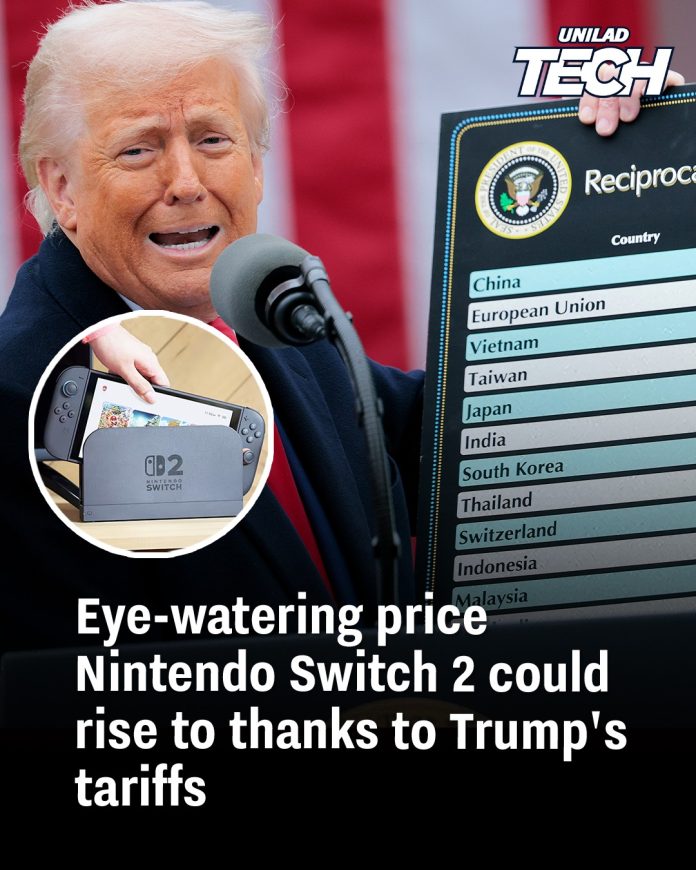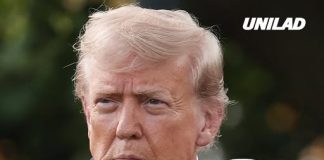Gamers are expressing growing concerns that the price of the upcoming Nintendo Switch 2 could surge significantly due to new tariffs imposed by President Donald Trump. Announced on April 2, 2025, these tariffs target several countries, including China and Vietnam, where Nintendo manufactures its consoles. The Switch 2 is scheduled for release on June 5, 2025, with an initial price set at $449.99. However, the newly imposed tariffs could elevate the final retail price to over $550, depending on the country of origin and specific import duties applied.
The original Nintendo Switch, launched in 2017, debuted at a price of $299.99 and maintained that price point for several years. In contrast, the Switch 2’s higher starting price has already sparked discussions among consumers. The additional financial burden from the tariffs has intensified these concerns, leading to apprehension about the console’s affordability.

On platforms like Reddit, users are actively discussing the potential price hikes. One user noted that insiders suggest the new tariffs could push the price upwards of $550, highlighting that the consoles are primarily manufactured in China, now facing a 51% tariff, and Vietnam, subjected to a 46% tariff. Another user expressed frustration, stating that at a $550 price point, they might resort to watching gameplay videos online instead of purchasing the console.
Some community members believe that Nintendo may have anticipated these tariffs and incorporated them into the initial pricing strategy. A Redditor mentioned that Nintendo had previously indicated preparations for tariffs, suggesting that the $450 price tag might already reflect these additional costs. They also noted that this pricing strategy could affect other regions, as Nintendo is unlikely to offer the console at a lower price in markets like the UK compared to the US.
Analysts have pointed out that the increased manufacturing costs due to tariffs are likely to be passed on to consumers. This situation mirrors previous instances where tariffs led to higher retail prices for electronics and gaming consoles. The uncertainty surrounding the duration and extent of these tariffs adds to the complexity of the situation.
To mitigate the impact of these tariffs, Nintendo has reportedly been stockpiling units in the United States, importing hundreds of thousands of consoles before the tariffs take effect. This strategy aims to maintain the announced price point at launch and avoid immediate price increases. However, depending on how long the tariffs remain in place, future shipments could still be affected, potentially leading to higher prices down the line.
The gaming community is closely monitoring the situation, hoping for resolutions that might prevent these price hikes. Some are optimistic that negotiations or policy changes could alleviate the financial impact on consumers. Others are considering alternative options, such as purchasing the console from different regions or delaying their purchase in anticipation of potential price adjustments.
In the meantime, retailers are exploring promotional strategies to attract buyers despite the looming price increases. Some stores are offering trade-in deals, allowing customers to exchange their older consoles for credit towards the new Switch 2. For instance, trading in a Switch OLED model could provide a significant discount on the new console, making it more accessible to consumers concerned about the higher price.

As the release date approaches, both Nintendo and consumers are navigating the challenges posed by these tariffs. The company’s efforts to manage production costs, coupled with strategic marketing and sales initiatives, aim to maintain consumer interest and satisfaction. However, the broader economic implications of international trade policies continue to influence the gaming industry’s landscape, affecting pricing, availability, and consumer behavior.
Ultimately, the situation underscores the interconnectedness of global manufacturing, trade policies, and consumer markets. As companies like Nintendo adapt to these external factors, consumers are encouraged to stay informed and consider various factors when making purchasing decisions. The hope remains that solutions will emerge to balance manufacturing costs and retail pricing, ensuring that innovative gaming experiences remain accessible to a broad audience.

















